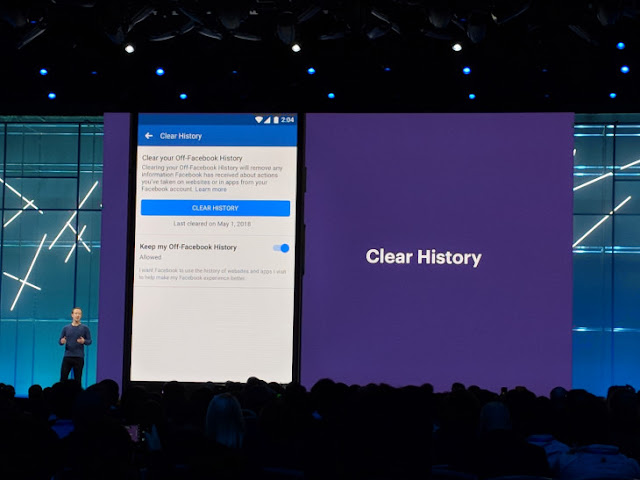Battle royale games have evolved rapidly in the past year with
the likes of PlayerUnknown’s Battlegrounds and Fortnite, but H1Z1’s early
access version captured the magic of the last-person-standing shooter well
before the genre’s current front-runners. With the official full release of
H1Z1, however, it’s apparent that not enough has been done to help it stay in
the larger conversation.
H1Z1 drops up to 150 players (solo, duos, or squads of five) on
a sprawling rural map where small towns, gas stations, and campsites act as
points of interest for loot. In traditional battle royale style, everyone
starts with only the clothes on their backs and rushes to find the best weapons
and gear. Naturally, the fact that you have one life per match makes this type
of deathmatch thrilling and rewarding when you find success, especially when
coordinating tactics with a squad.
A number of gameplay elements factor into succeeding, like
scavenging for the right materials to craft useful items. Among the essential
items to craft are makeshift armor for much needed protection, ointment to stop
bleeding, and explosive arrows that can really throw a curve-ball at enemy
squads. Crafting feels more like a carry-over mechanic from early H1Z1 models,
but it’s a key component to winning, and thankfully it isn’t very deep
considering the fast pace of matches.
There isn’t much time between each phase of the
shrinking safe zone, and
matches move quickly because of it. When employing
the strategy of skirting
along border of the deadly circle, there’s a
strong sense of urgency; if you
don’t find a vehicle or start running towards
the new safe zone soon enough,
your fate may have been decided well before the
toxic gas envelops you.
H1Z1 does incorporate a significant amount of
predictability, which offers a
different dynamic for players who want to jump
straight into conflict.
want to drop in to start–this is called
tactical deployment. A heat-map will
also provide a general indication of how many
others are planning to drop
into each grid. Combine those elements with the
fact that H1Z1 unveils the
first safe zone in the pre-match phase, and you
can essentially choose
something that’s more action oriented.
The fast-and-loose rules of H1Z1 shine through
when you’re shotgunned by
an enemy that hopped out of a jeep going 100
miles-per-hour, made possible
by the fact that you don’t take damage when
jumping out of fast-moving
vehicles. Pulling off combat maneuvers like
this are actually quite rewarding
when you use them strategically. But by leaning
into more outlandish action
and a faster pace highlights a sort of
dissonance in H1Z1, primarily because
it retains the survival and simulation elements
from its progenitors. Aside
from crafting, players have to manage
continuous health loss (with varying
first aid kits only replenish health gradually.
Assault rifles also fire with
such significant recoil that you’d think H1Z1
taps into realism or military
sim roots. These mechanics aren’t necessarily
bad on their own, but they are
at odds with the core of how the game is
played.
A lack of variety also hurts H1Z1’s longevity. One map would
have been just fine if it wasn’t for the emptiness of the fields between the
plainly designed city centers. A few locations, like Runamok Lake
To shift gears from the standard last-person-standing concept,
H1Z1 has a separate mode called Auto Royale. The mode itself is in beta, but it
serves as an admirable change of pace. This team-based car combat pits 30 teams
of four against each other by putting one player in the driver’s seat and three
others as passengers who shoot from their seats in an effort to destroy enemy
cars. No one can leave the car, and it’s absolute chaos. The battle royale
structure is still in tact with a progressively shrinking safe zone, but teams
sink or swim as one unit. Players can revive themselves if they get knocked
out, so teams are eliminated once the vehicle is destroyed. This mode trades
uneasy tension for carefree off-roading action.
H1Z1 predicates itself on eliminating the more random factors
seen in other battle royale games, and it remains a competent execution of the
genre. The game has its intense moments and exhilarating firefights; the thrill
of besting 100+ players is very much present. However, the incoherent gameplay
elements overshadow the better moments, and the lack of variety in both map
design and weapon selection makes H1Z1 lose its appeal rather quick, especially
in the genre it spearheaded.









No comments:
Post a Comment